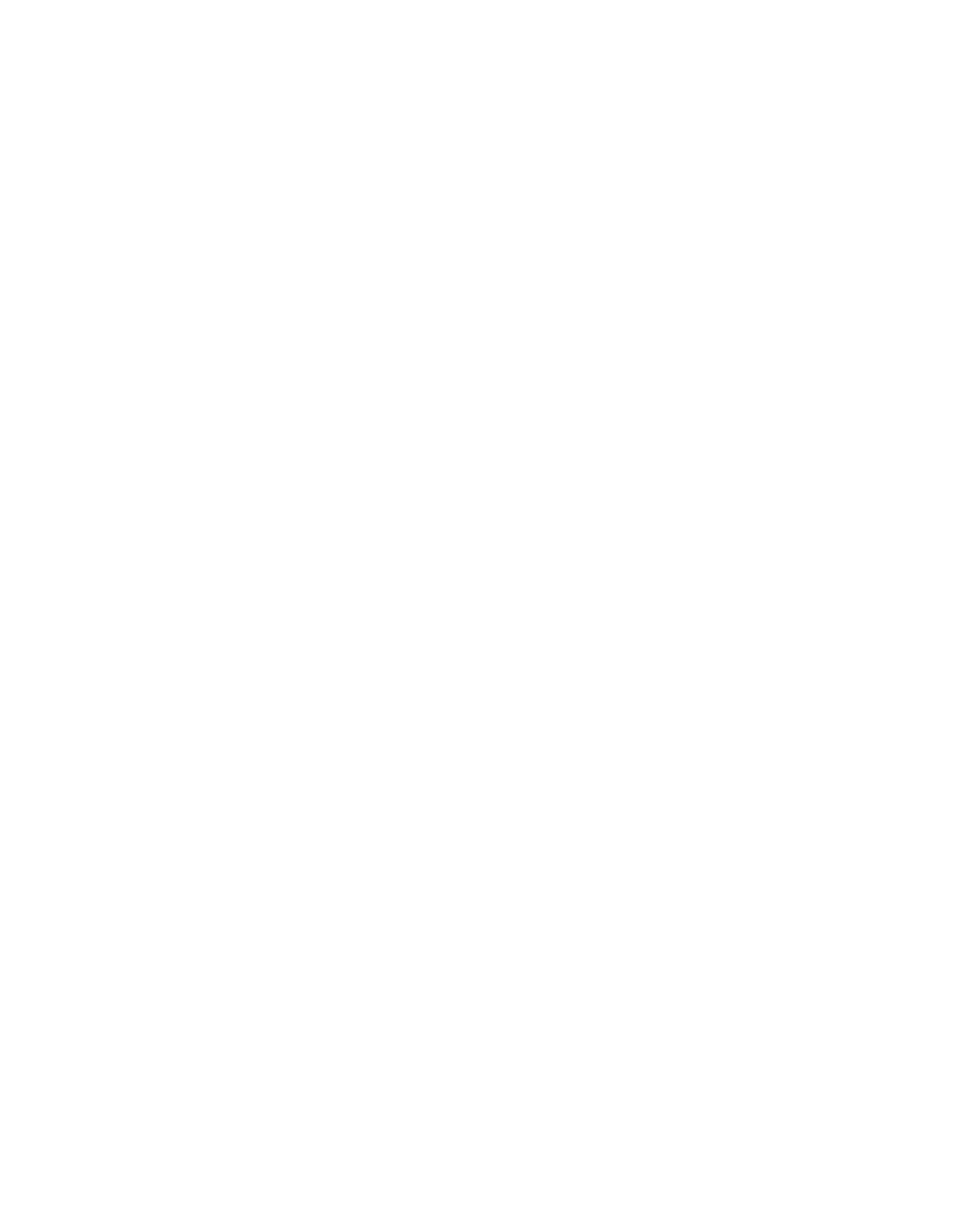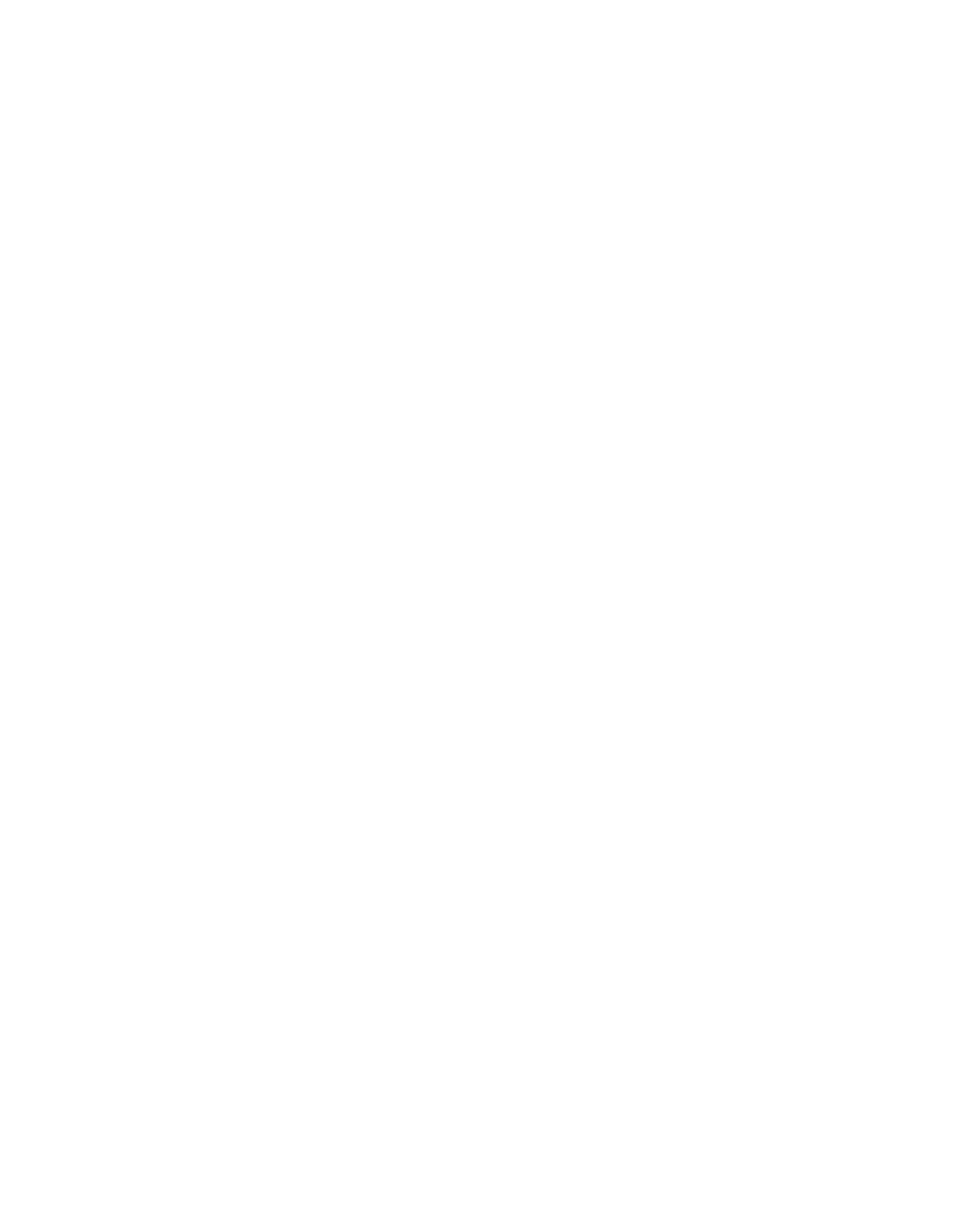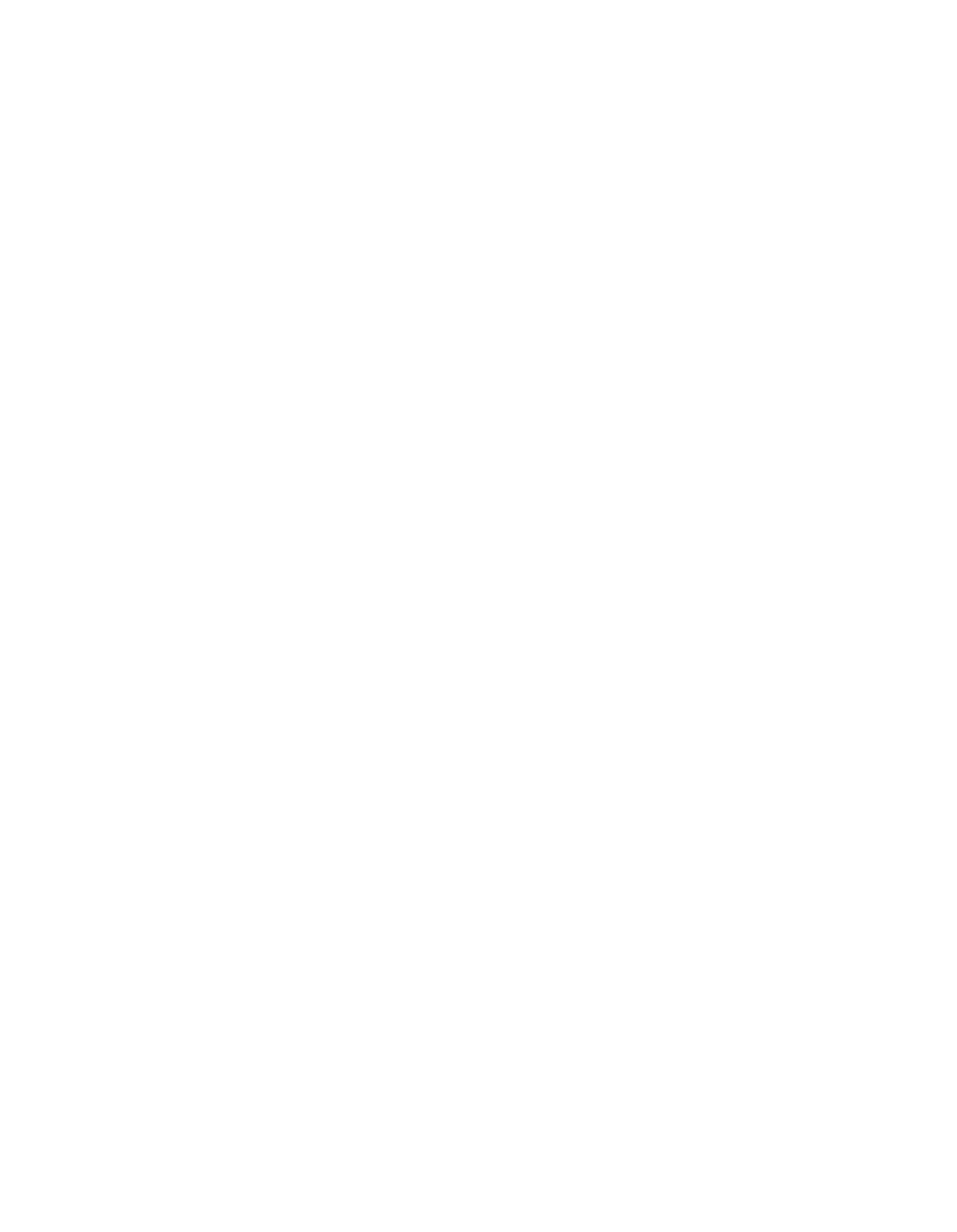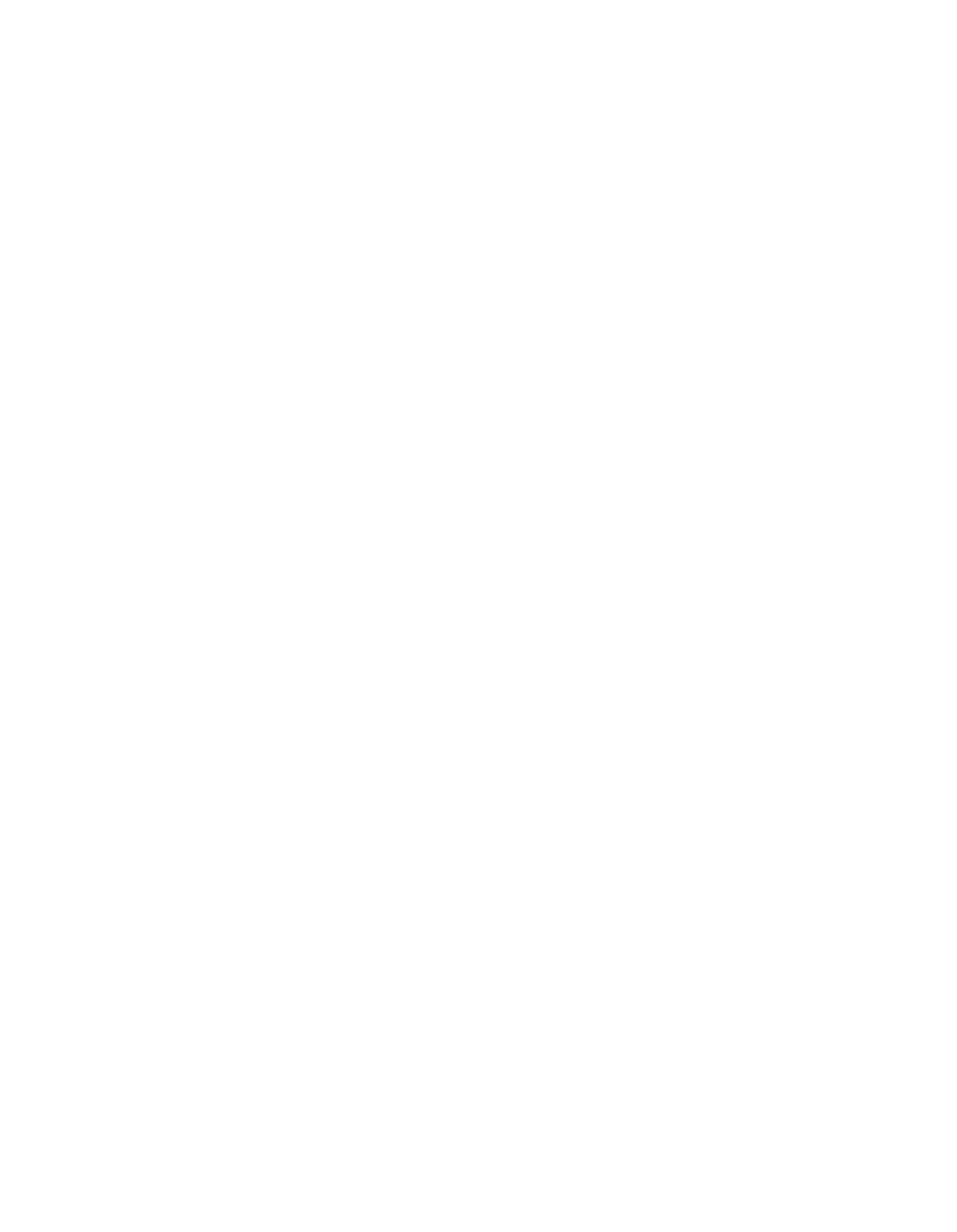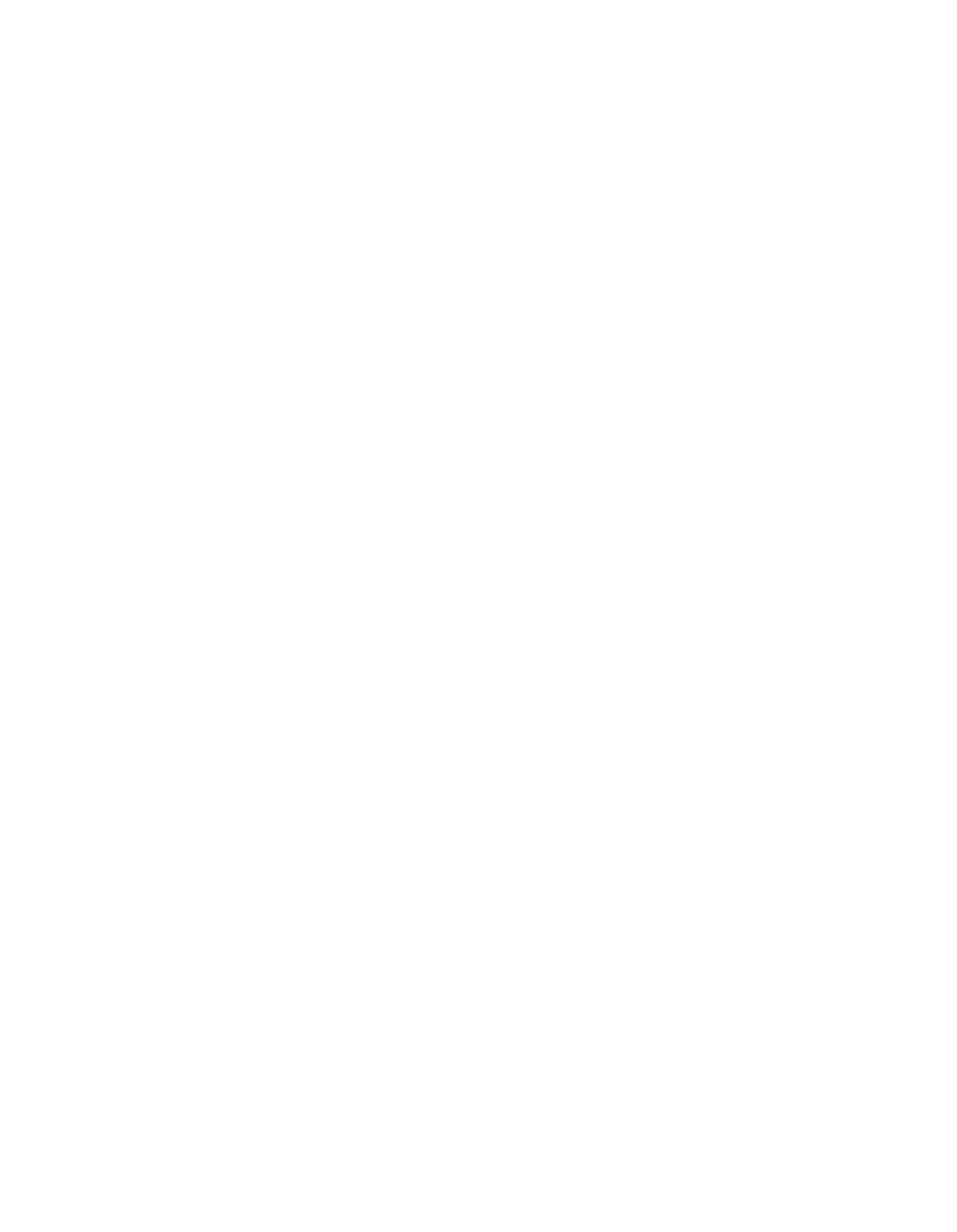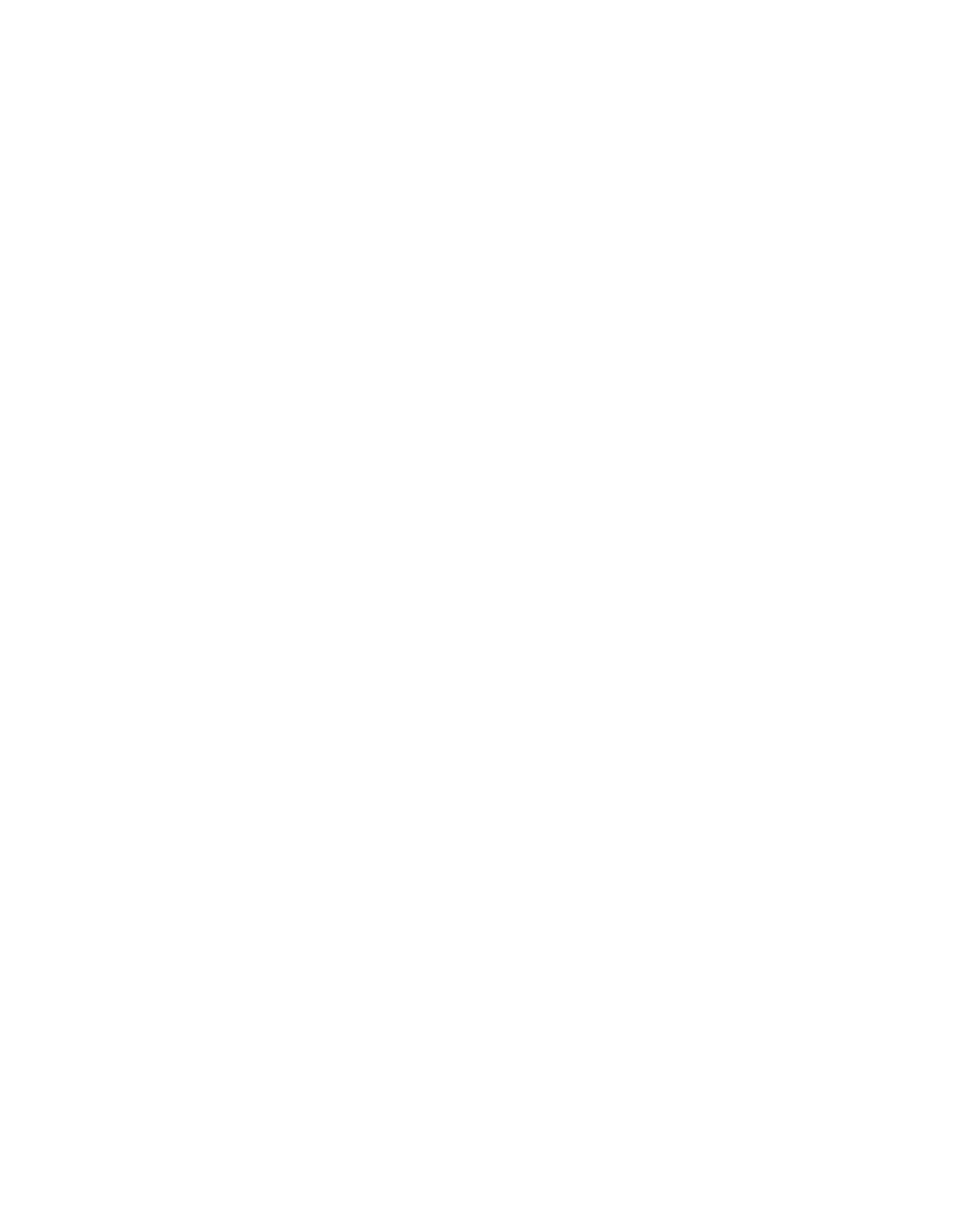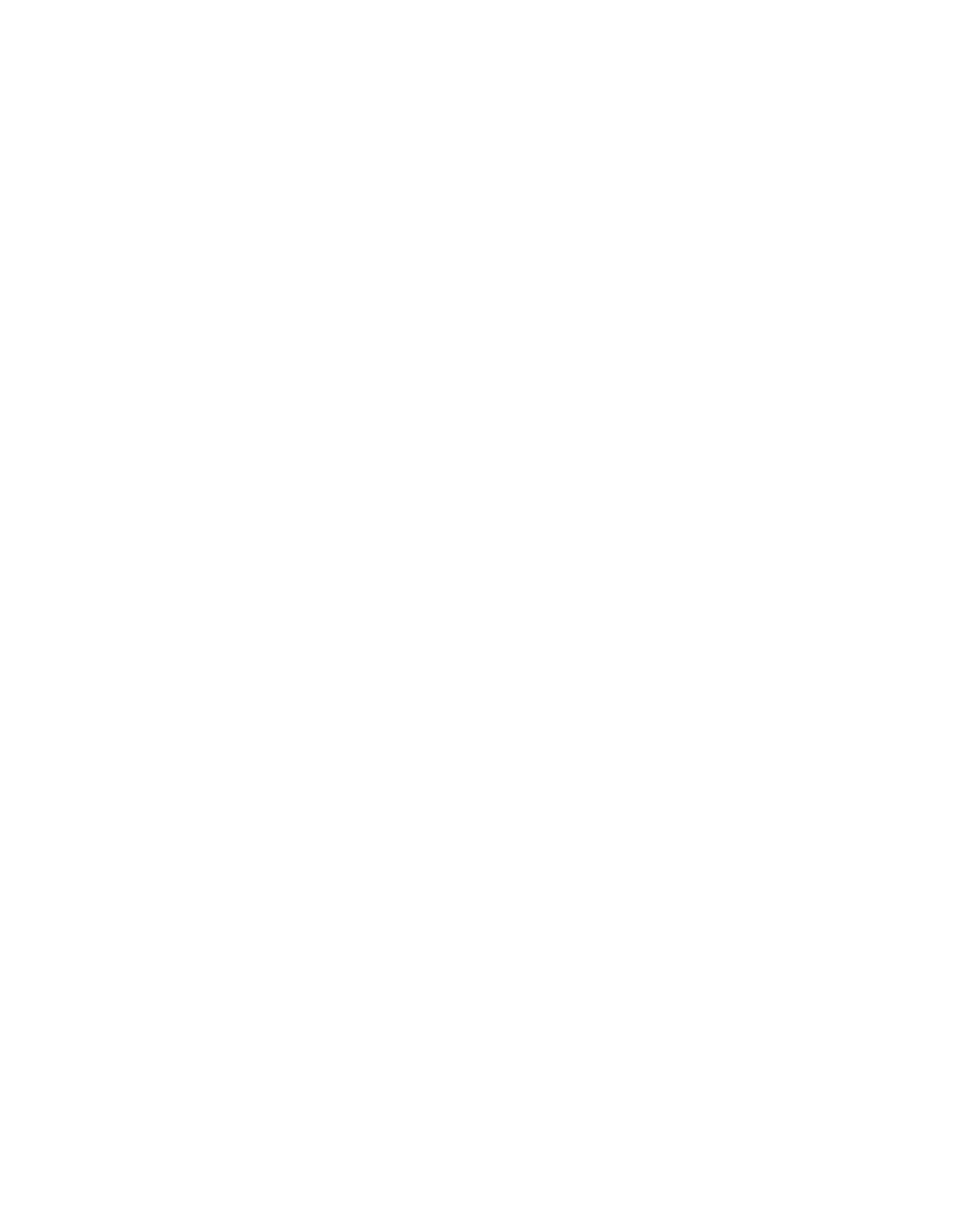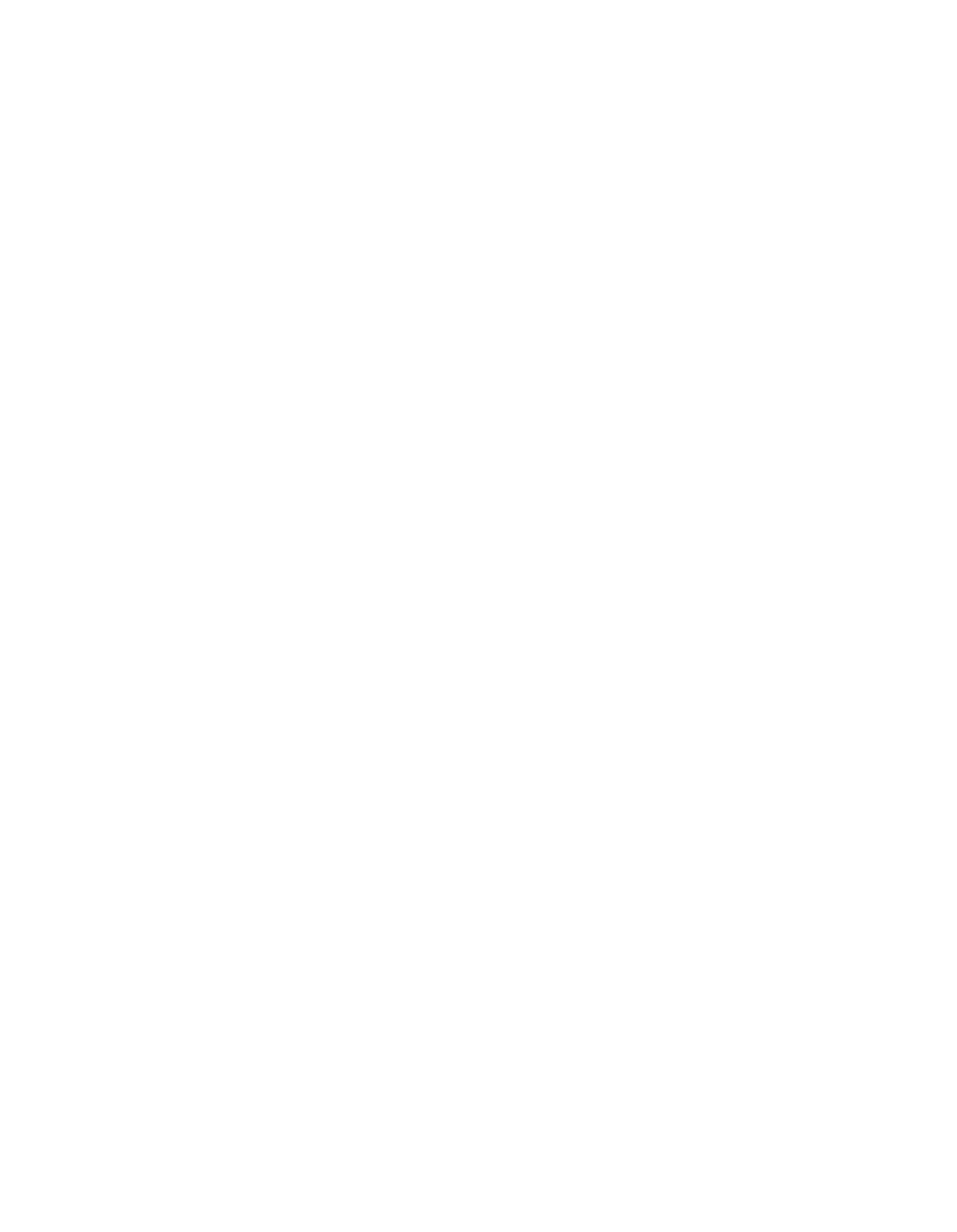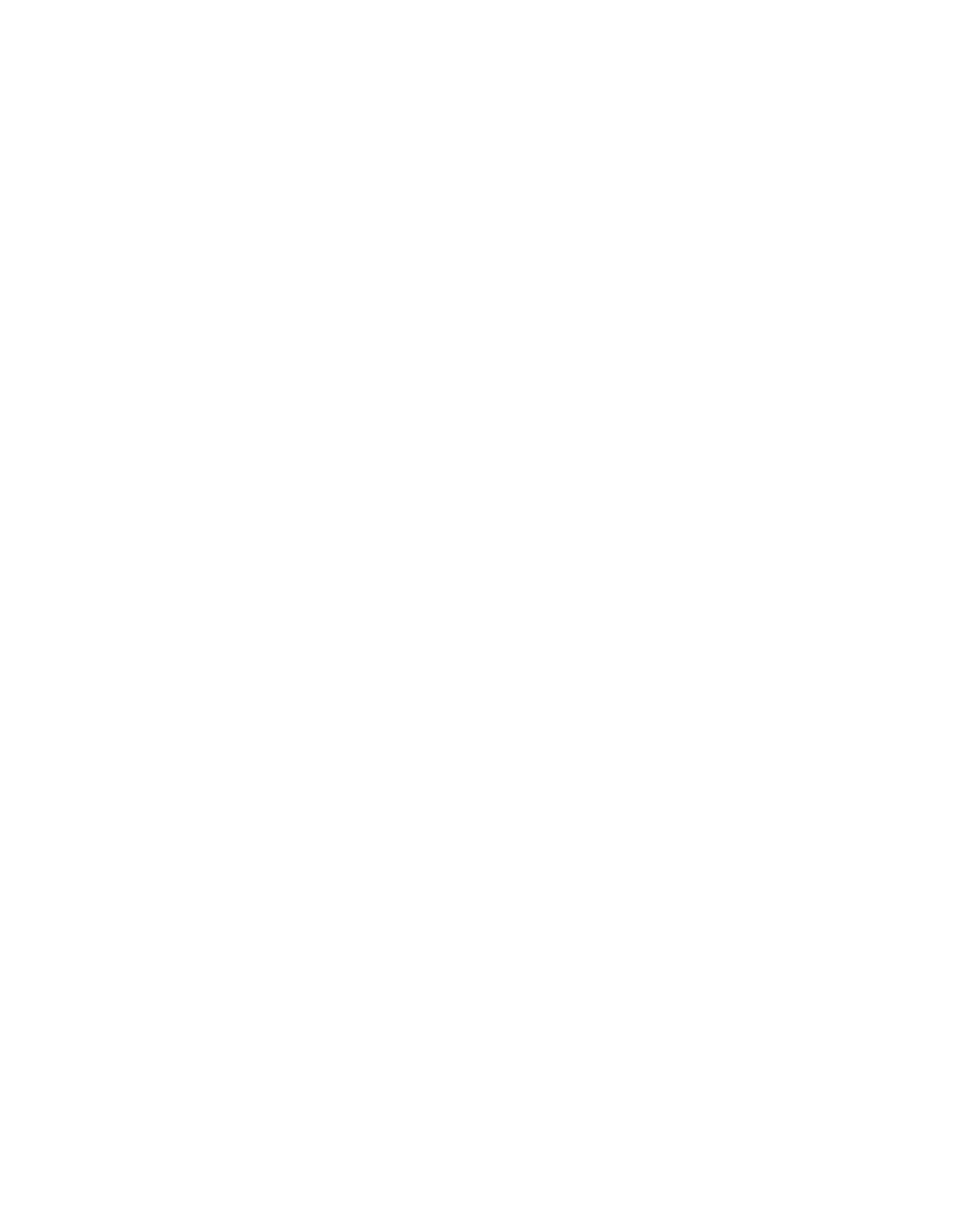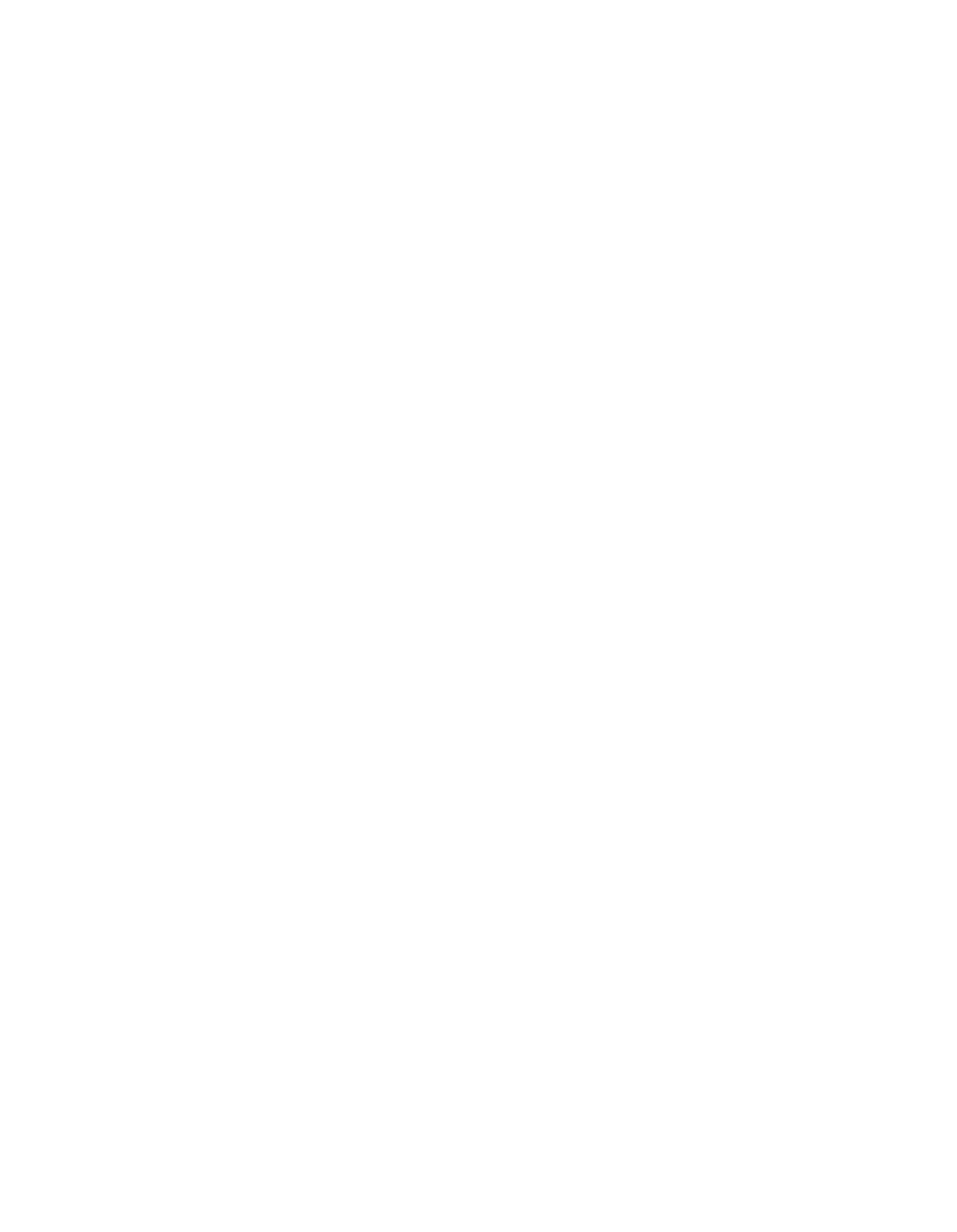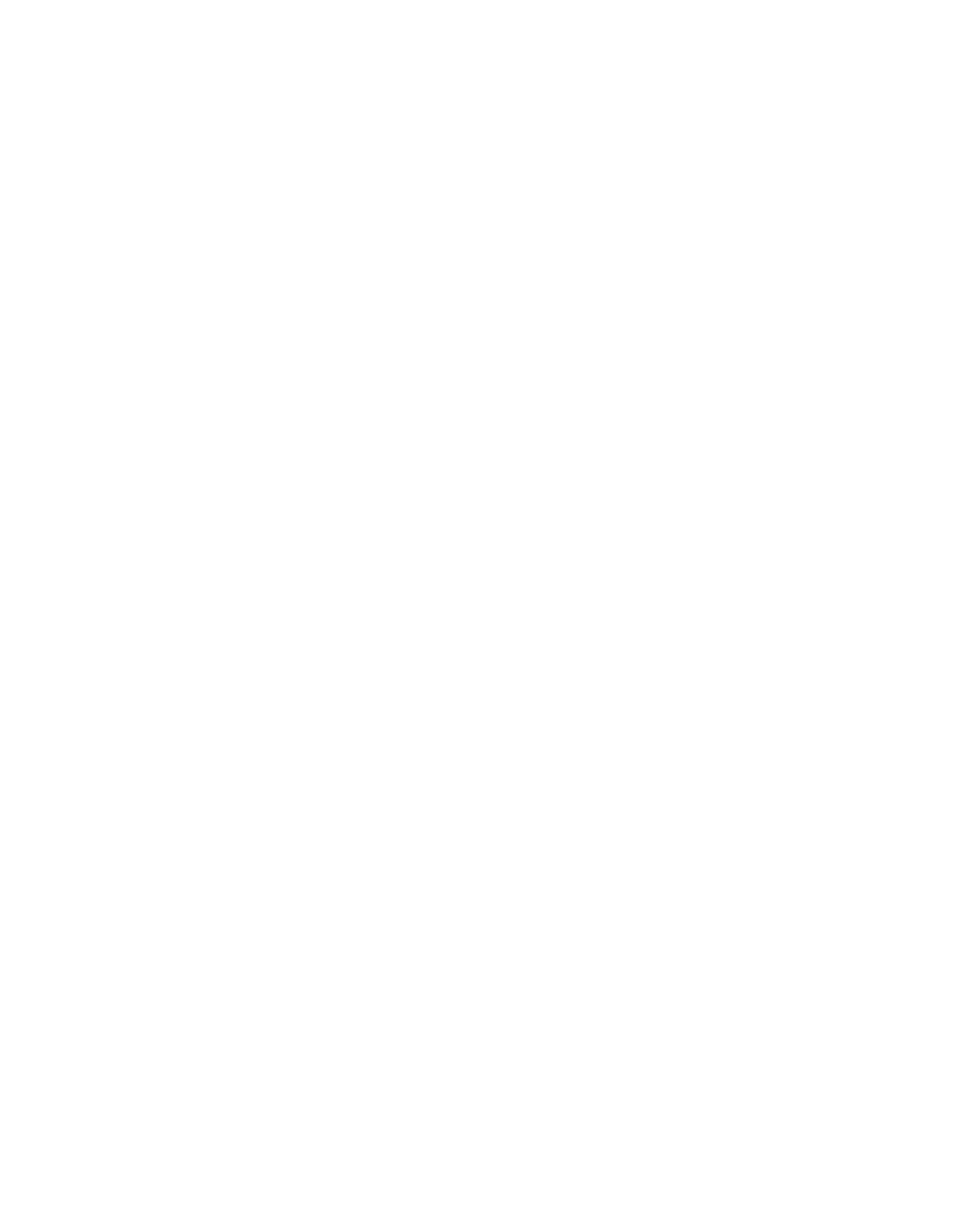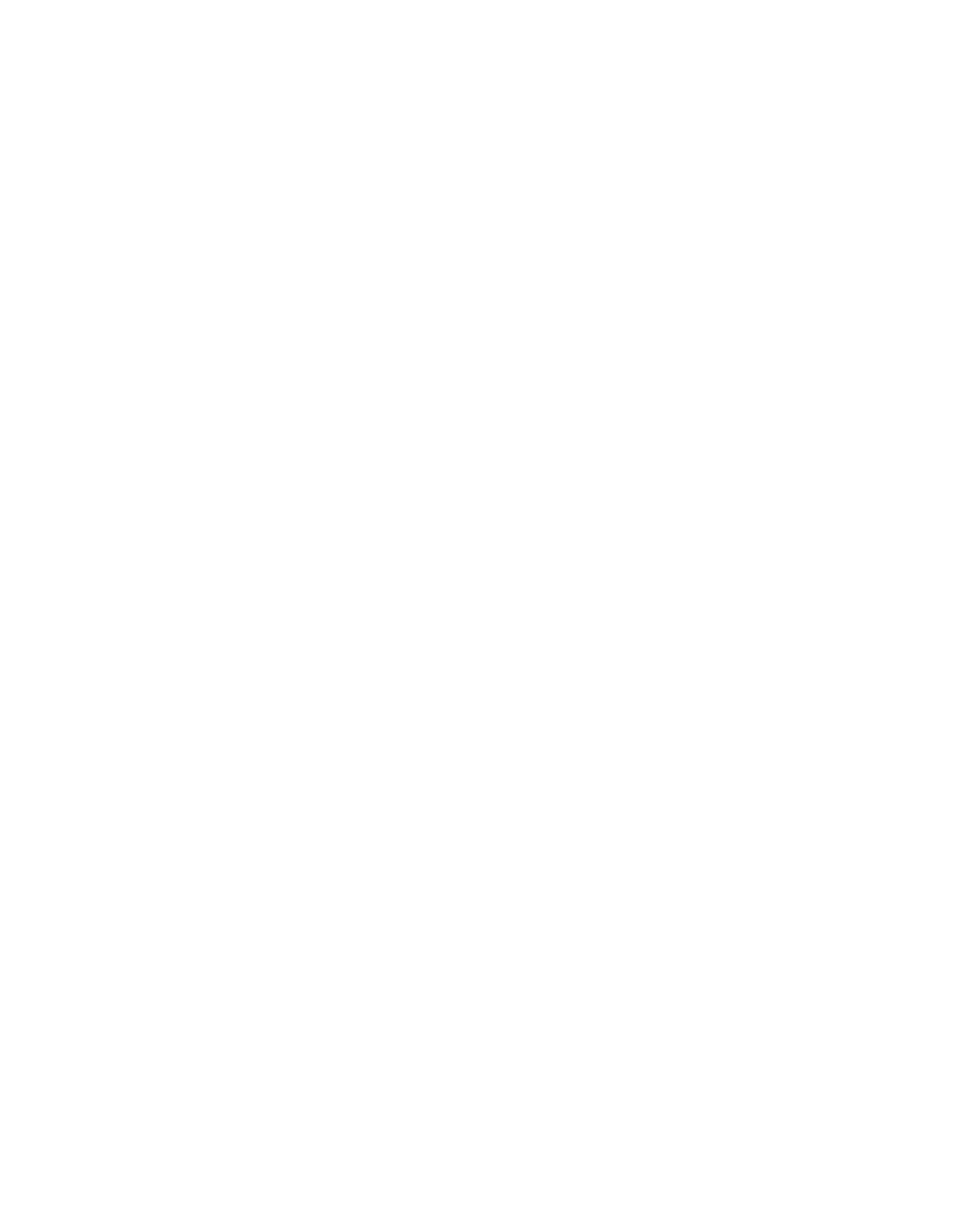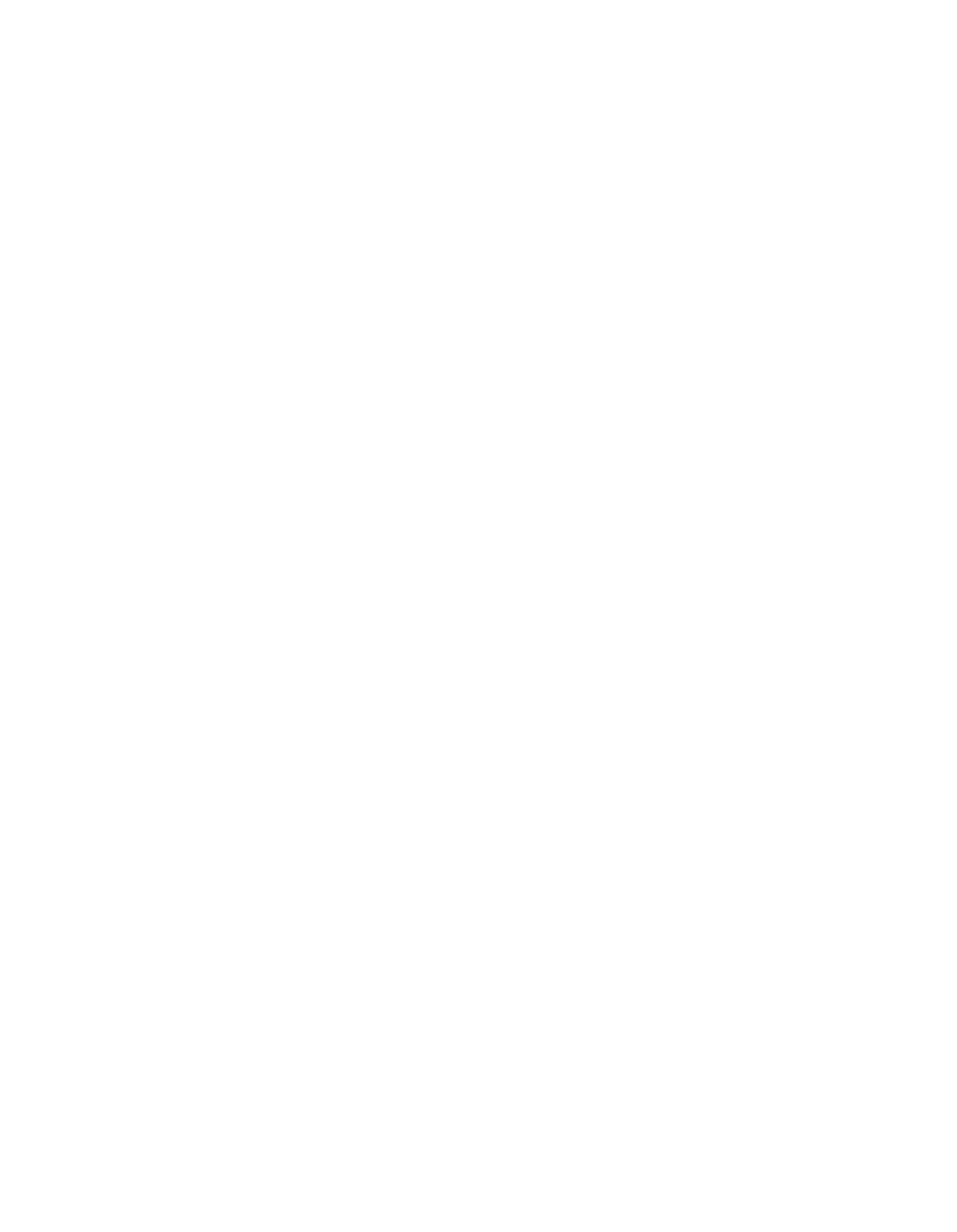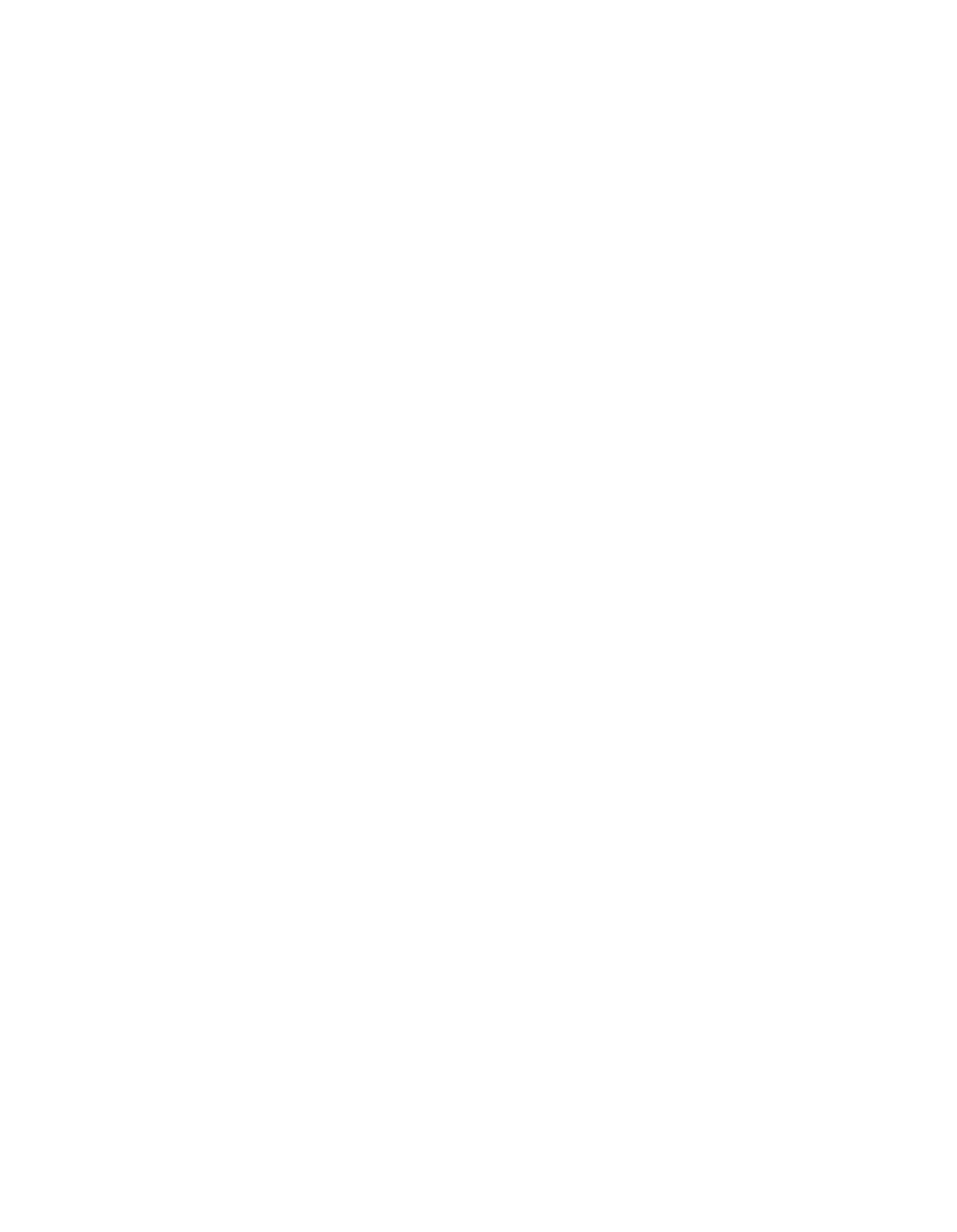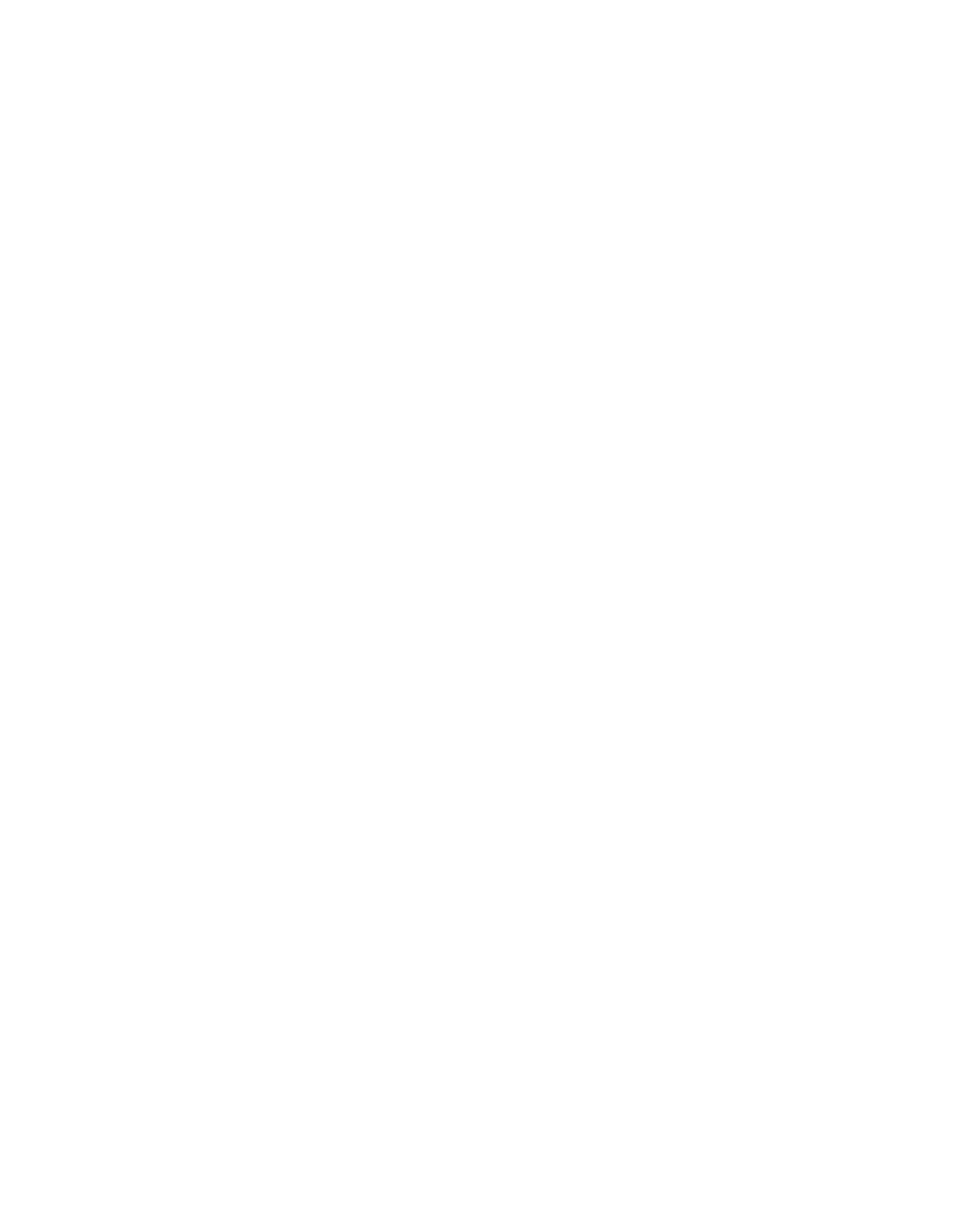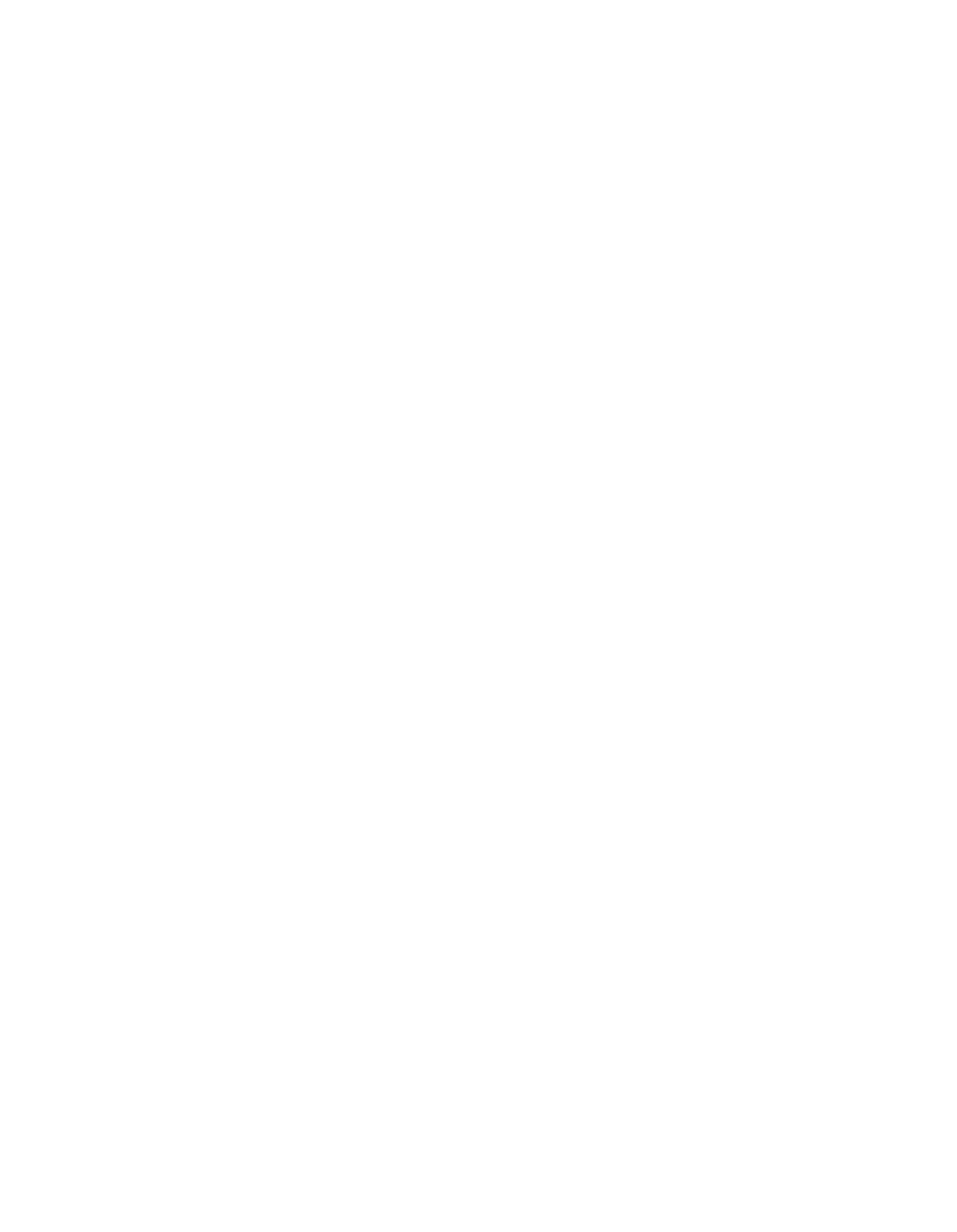ILLINOIS POLLUTION CONTROL BOARD
June 23,
1994
IN THE
MATTER
OF:
)
R94—7
RCRA UPDATE, USEPA REGULATIONS
)
(Identical in Substance Rules)
(7—1—93 THROUGH 12—31—93)
)
Adopted Rule.
Final Order.
OPINION OF THE BOARD
(by E.
Dunham):
Pursuant to Section 22.4(a)
of the Envirorunental Protection
Act (Act), the Board adopts amendments to the
RCRA
hazardous
waste
(RCRA)
regulations.
Section 22.4(a) provides for
quick
adoption of regulations
that are “identical in substance” to federal regulations adopted
by U.S. EPA to implement Sections 3001 through 3005 of the
Resource Conservation and Recovery Act of 1976
(RCRA, 42 U.S.C.
SS
6921—6925)
and that Title VII of the Act and Section 5 of the
Administrative Procedure Act
(APA)
shall not apply.
Because this
rulemaking is not subject to Section 5 of the APA,
it is not
subject to first notice or to second notice review by the Joint
Committee on Administrative Rules
(JCAR).
The federal RCRA
Subtitle C regulations are found at 40 CFR 260 through 268, 270
through 271,
and, more recently,
279.
FEDERAL ACTIONS CONSIDERED IN THIS RULEMAKING
This rulemaking updates
the Illinois RCRA Subtitle C rules
to correspond with federal amendments made in the period from
July 1 through December 31,
1993.
The U.S. EPA actions during
this period are as follows:
Federal Action
Summary
58 Fed. Reg.
38816, July 20,
1993
Revision of “Guideline on
Air Quality Models” and
codification as 40 CFR
51, appendix W; amendment
of all references to the
guideline in BIF rules
58 Fed. Reg. 42466, Aug.
9,
1993
Determination not to list
four large—volume wastes
from Coal-fired electric
utility power plants as
Subpart D listed hazard-
ous wastes
58
Fed. Reg.
46040,
Aug.
31,
1993
Update of “Test Methods
for Evaluating Solid
Waste, Physical/Chemical
2
Methods”, EPA Publication
SW-846, to third edition,
and amendments to incor—
porations by reference
58 Fed. Reg. 59598, Nov. 9,
1993
Amendment of the health—
based standards for
qualifying for the Bevill
exemption from regulation
for BIF residues
The August
9,
1993 action did not result in federal
regulatory amendments.
Rather,
it constituted a formal U.S. EPA
determination not to amend the 40 CFR 261, subpart D rules to add
listings for four additional wastes.
The wastes involved were
all generated by coal-fired electric generating utility power
plants.
The four fossil—fuel combustion wastes (FFC wastes) were
fly ash, bottom ash, boiler slag, and flue gas emission control
waste.
U.S. EPA determined that regulation of these four large-
volume wastestreams as listed hazardous wastes was not necessary.
U.S. EPA decided to continue to regulate them as exempt from RCRA
Subtitle C regulation, but stated that it would study their
regulation under RCRA Subtitle D (nonhazardous solid waste
landfill regulations).
Therefore, no Board action is necessary
based on the August 9,
1993 federal action.
PUBLIC COMMENTS
The Board adopted a proposal for Public comment on April 21,
1994.
Notices of Proposed Amendments appeared in the Illinois
Register on May 5,
1994, at 18 Ill. Reg. 6553
(Part 720),
6526
(Part 721),
6568
(Part 725),
6535
(Part 728),
6580 (Part 703),
6641
(Part 724),
and 6600
(Part 726).
The Board held the docket
open for 45 days after the date of publication in the Illinois
Register to receive public comment on the proposal.
During this
time the Board received the following comments:
PC
3. Index Department, Administrative Code Division, Office
of the Secretary of State (May 18,
1994,
by Connie
Bradway)
PC 2 Regulatory Flexibility Unit,
Illinois Department of
Commerce and Community Affairs
(DCCA)
(June
8,
1994, by
Linda D. Brand,
Manager)
PC
3 Illinois EPA, Division of Legal Counsel
(Agency)
(June
21,
1994, by Susan J.
Schroeder, Associate Counsel)
PC 1 indicated corrections to the notice questionnaires for
Parts 721 and 728,
a correction in underlining the text in
Section 728.107(a) (3) (A), and requested that the Board insert the
page numbers for the Notices of Adopted Amendments in the main
3
source notes of Parts 703,
720, 721, 724,
726, and 728.
Those
page numbers were not available at the time the Notices of
Proposed Amendments were submitted to the Secretary of State for
publication in the Illinois Register.
The Board has made all the
suggested corrections.
PC
2 essentially states that DCCA has
determined that none of the proposed amendments will
significantly impact small businesses in Illinois.
By PC 3, the
Agency suggested a number of corrections to various segments of
the proposed rule.
The Agency—suggested corrections are
discussed below.
In addition to the written public comments, the Board
received informal communications from JCAR staff and U.S. EPA
Region V.
These communications also indicated corrections to the
amendments as proposed.
The calls from JCAR staff were from
Joseph Schatteman.
The JCAR-suggested corrections included
corrections to Sections not originally involved in the proposal
for public comment.
The U.S. EPA Region V call was from Gary
Westefer, the state implementation officer assigned primacy and
authorization oversight of the Illinois RCRA Subtitle C program.
All the suggested corrections are discussed below.
The Board will delay filing today’s adopted rules with the
Secretary of State for 30 days, particularly to allow U.S. EPA to
review the rules as adopted before they become effective.
The
complete text of the adopted amendments follows the discussions
of this opinion.
HISTORY OF RCRA SUBTITLE C, UST and UIC ADOPTION
AGENCY OR BOARD ACTION?
EDITORIAL CONVENTIONS
The Board appended three routine discussions at the end of
this opinion.
The first is a summary history of the Illinois
RCRA Subtitle C and UIC programs.
It lists all actions taken to
adopt and maintain these programs since their inceptions.
It
includes a listing of all site-specific rulemaking and adjusted
standards proceedings filed that relate to these programs.
It
also lists all U.S. EPA program authorizations issued to date.
The second is a discussion of how the Board codifies requirements
that call for state determinations,
such as for exemptions,
exceptions,
etc.
The third discussion relates to our use of
language in the codification of identical—in—substance rules.
We
intend these as reference aids for interested persons in the
regulated community.
DISCUSSION
Three of the federal actions that underlie this proceeding
will require amendment of the Illinois RCRA Subtitle C
regulations.
This segment of the discussion briefly focuses on
each by subject matter.
The more detailed Section-by-Section
4
discussions that follow indicate the specific details of the
actions taken by the Board.
Updated Air Emissions Guidelines and Screening Procedures
The U.S. EPA action of July 20,
1993 was actually an air
pollution control rulemaking that incidentally impacted the RCRA
Subtitle C corrective actions.
U.S. EPA updated and codified its
“Guideline on Air Quality Models
(Revised)”.
Formerly
incorporated into the federal regulations by reference, U.S. EPA
has codified the Guideline and its two supplements, supplements A
and B, as appendix W to 40 CFR 51.
U.S. EPA simultaneously
amended several references to the Guideline in its regulations,
including in the RCRA Subtitle C regulations pertaining to
boilers and industrial furnaces (BIF5) that burn hazardous
wastes.
U.S. EPA repealed the former version of the Guideline,
which appeared as part of the BIF rules as 40 CFR 266, appendix X
(corresponding with 40 CFR 726.Appendix J).
U.S. EPA also
amended the “Screening Procedures for Estimating Air Quality
Impact of Stationary Sources, Revised” to an October,
1992
version, now listed as available from U.S. EPA in Research
Triangle Park,
NC.
The amended incorporation by reference to the
Screening Procedure appears at 40 CFR 260.11 (corresponding with
35 Ill.
Adm. Code 720.111).
The amended references to these
documents appear at 40 CFR 266.104(e) (3) and 266.106(h)
(corresponding with 35 Ill. Adm. Code 726
•
204(e) (3) and
726.206(h),
respectively).
Updated Analytical Procedures for Hazardous Waste
U.S. EPA amended the analytical procedures applicable to
RCRA Subtitle C-regulated hazardous wastes on August 31,
1993.
U.S EPA updated “Test Methods for Evaluating Solid Waste,
Physical/Chemical Methods”, SW-846 to its third edition with one
update.
U.S. EPA incorporated this document by reference in
place of the second edition with updates I and II in 40 CFR
260.11(a)
(corresponding with 35 Ill. Adm. Code 720.111(a)).
U.S. EPA used that opportunity to delete a listing of specific
methods from SW-846 from section 260.11
(which the Board never
duplicated since the entire document was incorporated).
Since
SW-846 includes the toxicity characteristic leaching procedure
(TCLP; Method 1311)
and the older extraction procedure toxicity
test (EP toxicity: Method 1310), U.S. EPA amended 40 CFR 261,
appendix II and 40 CFR 268, appendices I and IX (corresponding
with 35 Ill.
Adm. Code 26l.Appendix B,
268.Appendix A, and
268.Appendix I, respectively) to refer to the SW-846 method.
40
CFR 261, appendix II formerly set forth the entire TCLP method
and 40 CFR 268, appendix IX formerly set forth the EP toxicity
method.
U.S. EPA also updated other methods and references to
methods.
It added a bomb-acid digestion method to 40 CFR
5
260.11(a)
for analyzing waste-derived fuel, ASTM Standard E926-
88, Method C.
U.S. EPA replaced a table that specified
analytical methods from SW-846 by contaminant,
at 40 CFR 261,
appendix III (corresponding with 35 Ill.
Adin. Code 721.Appendix
C), with a reference to information in SW-846 on methods
selection.
It deleted an analytical method for chlorinated
dibenzodioxins and dibenzofurans,
at 40 CFR 261, appendix X
(corresponding with 35 Ill.
Adin.
Code 721.Appendix J).
Finally,
U.S. EPA replaced the incorporation by reference at section
268.6(a)
(corresponding with 35 Ill.
Adin.
Code 728.106(a)) with a
cross—reference to section 260.11 as the central listing of
documents incorporated by reference.
U.S. EPA correspondingly amended all references elsewhere in
the regulations to the amended methods.
The references to SW—
846; and part 261, appendix X; and ASTM E926—88C were changed
throughout the regulations.
These appear at sections
260.22(d) (1) (1), 261.22(a) (1), 261.24(a),
264.190(a),
264.314(c),
265.190(a),
265.314(d),
268.7(a),
268.40(a),
268.41(a),
270.19(c) (1), 270.62(b) (2) (i), and 270.66(c)(2)
(corresponding
with 35 Ill. Adm. Code 720.122(d) (1) (A), 721.122(a) (1),
721.124(a),
724.290(a),
724.414(c), 725.290(a),
725.414(d),
728.107(a),
728.140(a),
728.141(a), 703.205(c) (1), 703.223(b) (1),
and 703.232(c) (2), respectively).
Administrative Stay of Second Test for Bevill Exemption
U.S. EPA adopted regulations for the burning of hazardous
waste in boilers and industrial furnaces
(the BIF rules)
on
February 21,
1991.
Those regulations included two tests for
determining whether the residues derived from Bevill devices,
such as kilns, primary smelters, boilers, etc. were exempted from
hazardous waste regulation.
The first test is whether the levels
of hazardous constituents was not significantly higher than the
normal residue of combustion.
The second test is whether levels
of contaminants in the residues do not exceed specified health—
based levels.
On November 9,
1993, U.S. EPA amended the Bevill exclusion
by amending the second, health-based levels, test.
U.S. EPA
substituted the land disposal restriction contaminant levels for
nonwastewaters from part 268 for the health-based levels.
U.S.
EPA amended 40 CFR 266.112(b) (2) (i) and 266, appendix VII
(corresponding with 35 Ill.
Adin.
Code 726.212(b) (2) (A) and
726.Appendix G) to stay the effect of the levels listed in
appendix VII until further federal action.
The alternative
levels referenced are those for F039 nonwastewaters in 40 CFR
268.43
(Table CCW; corresponding with 35 Ill. Adm. Code 728.Table
B).
Further,
U.S. EPA has provided that an owner or operator has
demonstrated a good—faith effort to detect a constituent,
it is
deemed in compliance with the alternative levels.
6
DETAILED DISCUSSION
General Revisions
The Board will continue to change our method of referring to
the United States Environmental Protection Agency in this present
rulemaking that we began
in the last update docket, R93-16.
We
now refer to “U.S.
EPA”, which we believe is a more conventional
and clearly understood in the context of the Illinois regulations
than either “USEPA” or “EPA”.
We further began to refer to the
“U.S. EPA hazardous waste number” and “U.S. EPA document number”
for similar clarity.
This changed usage occurs only in the
Sections opened in this proceeding, and we will continue this
conversion
in future rulemakings as additional Sections otherwise
become open to amendment.
The Board also continues our move toward presentation of
equations and expressions in standard scientific notation.
Thus,
in Section 726.204, we have used the form
1axl0b~I in place of
“aEb”
(e.g.,
“2E—03” became “2x103”).
In Section 726.Appendix G
we simply translated “aEb” into the decimal number because the
numbers were more direct and there was sufficient room in the
column to insert them e.g.,
“2E—03” became “0.002”,
“SE+Ol”
became “50”,
and “4E+00” became “4.”).
In Section 726
•
204 the
summation equations are now presented as
rather than the former “SUM(Ai/Bi) ?
1.0”.
We believe that any
person mathematically sophisticated enough to understand the
equations will more readily recognize them in the standard
mathematical notation, as they appear in the federal original.
Although the “aEb” notation appears in the federal original, the
Board deviates because it was apparently chosen by U.S. EPA for
spatial constraints in the Code of Federal Regulations format.
We do not have those constraints, and the standard decimal
depiction is clearer.
Finally, we substituted “~&g”for “ug”
(micrograms),
“in3” for “cu
in”
(cubic meters), and “or” for
“/“
(except in document titles and numbers).
The Board also used this opportunity to make a number of
corrections to punctuation, grammar, and cross—reference format
throughout the opened text.
Where the cross—references within
the text to other segments of the Illinois Administrative Code
did not formerly comport with the standard format, the Board made
the necessary changes.
This meant that we deleted all
appearances of “(eye)” in references to “Appendix I”.
In the
Illinois Administrative Code, all appearances of “Appendix I”
refer to the letter “I”, not a roman numeral.
We also changed
“who” to “that”, where the person to which the regulation
referred was not necessarily a natural person, changed “which” to
7
“that” for restrictive relative clauses, corrected the format of
a chemical name (“2,3,7,8—chlorinated tetra—octa congeners of
chlorinated dibenzo—p-dioxins and furans”), capitalized the
Section headings and corrected their format where necessary, and
corrected punctuation within sentences.
Undated Methods and Incorporations by Reference—-Sections
703.110.
703.223.
703.232.
720.111.
720.122. 721.122.
721.124..
72l.A~pendixB. 721.A~~endix
C
724.290, 724.414.
725.290.
725.414.
726.204.
726.206.
728.107. 728.141. 728.A~~endixA
&
728.A~pendixI
As described in the descriptions of the July 20 and August
31,
1993 federal actions above, U.S. EPA amended and updated two
analytical testing resources at 58 Fed. Reg. 38816
(July 20,
1993)
and 58 Fed. Reg. 46040
(Aug.
31, 1993).
U.S. EPA updated
its “Test Methods for Evaluating Solid Waste, Physical/Chemical
Methods”, SW-846 to the third edition with one update, and it
codified the “Guideline on Air Quality Models
(Revised)” as
updated as 40 CFR 51, subpart W.
U.S. EPA updated the
incorporations by reference for SW-846 in 40 CFR 260.11 and the
numerous references to these documents throughout the text of the
regulations.
U.S. EPA deleted an analytical method for
chlorinated dibenzodioxins and dibenzofurans, at 40 CFR 261,
appendix X; essentially repealed the incorporations by reference
listing at section 270.6 and the codified versions of two methods
that formerly appeared at 40 CFR 261, appendix II and 40 CFR 268,
appendices I and IX; and replaced a table that specified
analytical methods from SW-846 by contaminant, at 40 CFR 261,
appendix III (corresponding with 35 Ill. Adm. Code 721.Appendix
C), with a reference to information in SW—846 on methods
selection.
The Board has incorporated the federal amendments without
substantive deviation.
Instead of “EPA document number”, we used
“U.S.
EPA document number” wherever this was used in the text.
The Board also used the abbreviation “(TCLP)” in parallel with
the references to the toxicity characteristic leaching procedure
in the text, whether or not U.S. EPA also used the, abbreviation
in parallel.
Similarly, we inserted “SW—846”, the common “short—
name”, in all references to “Test Methods for Evaluating Solid
Waste, Physical/Chemical Methods”, without regard to whether U.S.
EPA was similarly consistent.
Finally, we placed the document
names in quotation marks and offset them with commas,
as
necessary, wherever they appear in the text.
The Board invited
public comment on our approach to these Sections, but received
none.
We construe silence as acceptance of the chosen approach.
Stay of Health—Based Test for Bevill Exclusion——Sections 726.212
and 726.Appendix G
Section 726.212 derives from 40 CFR 266.112, which,
as
8
discussed above, U.S. EPA amended at 58 Fed. Reg.
59602
(Nov.
9,
1993).
U.S. EPA stayed the test criteria for the health-based
test for the Bevill exclusion.
The stay institutes an
alternative test that uses the land disposal restriction
limitations as the upper limit allowable to qualify for the
exclusion.
The Board has adopted the federal amendments with
minimal deviation.
We added the parenthetical “ten times” to
make “an order of magnitude above” all the clearer.
Since the
original language of Section 726.212 was in terms of micrograms
per kilogram
(jig/kg), we revised note 1 of Section 726.Appendix G
so that the primary numerical reference similarly appears in
micrograms per kilogram, with the former reference to milligrams
per kilogram
(mg/kg) given parenthetically.
The Board also added
a reference to U.S. EPA as the developer of the new guidance and
standards on the health-based test, to avoid any possible
confusion over the state’s lack of any role in that regard, and
to the fact that the stay will terminate only upon further
rulemaking action.
The Board invited public comment on our
approach to these Sections, but received none.
We construe
silence as acceptance of the chosen approach.
Public Comment—Based Corrections
As mentioned above, the Board received several suggestions
from JCAR staff, U.S. EPA Region V, and the Agency for
corrections to the text of the amendments as proposed.
We also
received suggestions from JCAR staff for corrections to Sections
not included in the proposal for public comment.
The Board
tabulates the suggested corrections and our resulting actions as
follows
(sources of suggested corrections are indicate with
indicating
JCAR,
2
indicating the Agency, ~ indicating U.S.
EPA,
and ~ indicating Board-initiated;
*
denotes Section not included
in proposed rule):
Sections~
Suggested Correction
Board Action
703.232 (c) (2) (B)2
Delete
““
from
No change because
before “Test”
underlining mdi—
cates addition of
quote mark
703.232(c) (2) (B)2
Add reference to SW-
Done
846 after name of
citation
703.232 End Board
Change reference to
Done
Not&
40 CFR 270.66
724 Table of
Change Section
Done
Contents4
724.324 to 724.323
9
724.414(c1
&
(e) (2) (B)
Correct incorpora-
tion to cite Section
720.111
Done; error made in
R85—22
(Dec.
20,
1985)
in adding
subsection
Correct incorpora-
tion to cite Section
720.111
Delete
“
“
from
before “~est”
Done; error in base
text made in filing
R93—4
(Sep.
23,
1993)
No change because
underlining indi-
cates addition of
quote mark
728.107 (a)2
728.107(a)2
“Shall”
is used in
place of “must” in
the federal
Federal text relat-
ing to use of EP
Toxicity test is
missing
No change because
Board convention
uses shall in this
instance (see the
discussion of edit-
orial convention in
this opinion)
The Board cannot
find a missing seg-
ment of text, but we
have corrected the
duplicate reference
to the TCLP Method
to refer to the EP
Toxicity Method
728.140 (a)2
“value” appears in
place of “concentra-
tions” in federal
text
“Concentration” is
used; U.S. EPA
amended the second
appearance of “val-
ue” to “concentra-
tions” at 56 Fed.
Reg. 3879
(Jan.
31,
1991), and the Board
should have followed
suit in R91-13
(Apr.
9, 1992), but did
not; the federal
usage of the plural
is improper in con-
text
725.414(d)2
726.212(b)
(1)2
728.107(a)1’3
Correct second cited
Done
method to Method
1310, EP Toxicity
Test
10
728.141(a)2
“developed” appears
Done; this August
in place of “ex-
31,
1993 federal
tracted”
in federal
amendment should
text
have appeared in the
proposed rule
728.142(b)*1
Delete “of”
Done
728.Table B K086-
Three pages of
Amendments Repeated
P0371
amendments from R93—
in this docket
16 appeared in the
Illinois Register,
but were not filed
728.Table B F039’
Place entries for
Done
“acrolien” and
“methanol” in proper
alphabetical order;
change footnote in
sixth column of
entry for “methyl-
parathion” to “A”
728.Table B U047
&
Remove duplicate “B”
Done
U239’
footnote from the
fifth column
728.Table D U240’
Change
~‘*~
the third
Done
column
to
“A”
HISTORY
OF
RCRA Subtitle C, UST and UIC ADOPTION
The
Illinois
UIC
(Underground
Injection Control), RCRA
(Resource
Conservation
and
Recovery Act) Subtitle C, and UST
(Underground Storage Tank)
regulations, together with more
stringent state regulations particularly applicable to hazardous
waste,
include the following Parts of Title 35 of the Illinois
Administrative
Code:
702
RCRA Subtitle C and UIC Permit Programs
703
RCRA Subtitle C Permit Program
704
UIC Permit Program
705
Procedures for Permit Issuance
709
Wastestream Authorizations
720
General
721
Identification and Listing
722
Generator Standards
723
Transporter Standards
724
Final TSD Standards
725
Interim Status TSD Standards
726
Specific Wastes and Management Facilities
11
728
USEPA Land Disposal Restrictions
729
Landfills:
Prohibited Wastes
730
UIC Operating Requirements
731
Underground Storage Tanks
738
Hazardous Waste Injection Restrictions
Special provisions for RCRA Subtitle C cases are included in
Parts 102,
103,
104 and 106 of the Board’s procedural rules.
History of
RCRA
Subtitle C and State Hazardous Waste Rules
Adoption
The Board has adopted and amended the Resource Conservation
and Recovery Act (RCRA)
Subtitle C hazardous waste rules in
several dockets.
Dockets R8l-22 and R82-18 dockets dealt with
the Phase
I RCRA Subtitle C regulations.
U.S. EPA granted
Illinois Phase I authorization on May 17,
1982, at 47 Fed. Reg.
21043.
The Board adopted RCRA Subtitle C Phase II regulations in
Parts 703 and 724 in dockets R82-19 and R83-24.
U.S. EPA granted
final authorization of the Illinois RCRA Subtitle C “base
program” on January 31,
1986, at 51 Fed. Reg. 3778
(January 30,
1986).
U.S. EPA granted authorization to “Cluster I revisions”
to the Illinois program and granted partial Hazardous and Solid
Waste Amendments
(HSWA)
(Pub.
L.
98-616, Nov.
8,
1984)
authorization effective March 5,
1988, at 53 Fed. Reg.
126
(January
5,
1988).
U.S. EPA authorized certain subsequent
amendments and granted further partial HSWA authorizations
effective April 30,
1990,
at 55 Fed. Reg. 7320
(March
1,
1990),
and June 3,
1991, at 56 Fed. Reg. 13595 (April
3,
1991).
U.S.
EPA codified its approvals of the Illinois program at 40 CFR
272.700 and 272.701 on November 13,
1989, at 54 Fed. Reg. 37649
(Sep.
12, 1989), and on March 31,
1992, at 57 Fed. Reg. 3731
(Jan.
31, 1992).
The entire listing of all RCRA Subtitle C
identical in substance rulemakings follows (with the period of
corresponding federal revisions indicated in parentheses):
R81—22
45 PCB 317, September 16, 1981
& February 4,
1982;
6 Ill. Reg.
4828, April 23,
1982, effective May
17,
1982.
(5/19/80 through 10/1/81)
R82—18
51 PCB 31, January 13,
1983;
7 Ill. Reg.
2518,
March 4,
1983, effective May 17,
1982.
(11/11/81
through 6/24/82)
R82—19
53 PCB 131, July 26,
1983,
7 Ill. Reg.
13999,
October 28,
1983, effective October 2,
1983.
(11/23/81 through 10/29/82)
R83—24
55 PCB 31, December 15,
1983,
8 Ill. Reg.
200,
January 6,
1984, effective December 27,
1983.
(Corrections to R82—19)
12
R84—9
64 PCB 427 & 521, June 13
& 27,
1985;
9
Ill.
Reg.
11964, August
2, 1985, effective July
8
& 24,
1985.
(1/19/83 through 4/24/84)
R85-22
67 PCB 175, 479, December 20,
1985 and January 9,
1986; 10 Ill. Reg.
968, January 17,
1986,
effective January
2,
1986.
(4/25/84 through
6/30/85)
R86—1
71 PCB 110, July 11,
1986;
10 Ill. Reg.
13998,
August 22,
1986, effective August
12,
1986.
(7/1/85 through 1/31/86)
R86—19
73 PCB 467, October 23,
1986;
10 Ill. Reg.
20630,
December 12,
1986, effective December 2,
1986.
(2/1/86 through 3/31/86)
R86—28
75 PCB 306, February 5,
1987; and 76 PCB 195,
March
5,
1987;
11 Ill. Reg.
6017, April
3,
1987,
effective March 23,
1987.
Correction at 77 PCB
235, April 16,
1987;
11 Ill.
Reg.
8684, May 1,
1987, effective April 21, 1987.
(4/1/86 through
6/30/86)
R86—46
79 PCB 676, July 16,
1987;
11 Ill. Reg.
13435,
August
14,
1987, effective August 4,
1987.
(7/1/86 through 9/30/86)
R87—5
82 PCB 391, October 15,
1987;
11 Ill. Reg.
19280,
November 30,
1987, effective November 10
&
12,
1987.
(10/1/86 through 12/31/86)
R87—26
84 PCB 491, December 3,
1987;
12
Ill.
Reg.
2450,
January 29,
1988, effective January 15,
1988.
(1/1/87 through 6/30/87)
R87-32
Correction to R86-l;
81 PCB 163, September 4,
1987;
11
Ill. Reg.
16698, October 16,
1987,
effective September 30, 1987.
R87—39
90 PCB 267, June 16,
1988;
12 Ill. Reg.
12999,
August 12,
1988, effective July 29,
1988.
(7/1/87
through 12/31/87)
R88—16
93 PCB 513, November 17,
1988;
13 Ill. Reg. 447,
January 13,
1989, effective December 28,
1988.
(1/1/88 through 7/31/88)
R89—1
103
PCB
179,
September 13,
1989;
13 Ill. Reg.
18278,
November
27,
1989,
effective November 13,
1989.
(8/1/88
through
12/31/88)
13
R89—9
109 PCB 343, March
8,
1990;
14 Ill.
Reg.
6225,
April 27,
1990,
effective April
16,
1990.
(1/1/89
through 6/30/89)
R90—2
113 PCB 131, July 3,
1990;
14 Ill. Reg. 14401,
September 7,
1990, effective August 22,
1990.
(7/1/89 through 12/31/89)
R90-11
121 PCB 97, April
11,
1991; corrected at 122 PCB
305, May 23,
1991; corrected at 125 PCB 117,
August
8,
1991;
uncorrected at 125 PCB 435,
August
22,
1991;
15
Ill.
Reg.
9323, effective June 17,
1991.
(Third Third Land Disposal Restrictions)
(4/1/90 through 6/30/90)
R90-17
Delisting Procedures
(See below)
R91—1
125 PCB 119, August 8,
1991; 15 Ill. Reg.
14446,
effective September 30,
1991.
(Wood Preserving
Rules)
(7/1/90 through 12/30/90)
R91—13
132 PCB 263, April
9,
1992;
16
Ill.
Reg. 9489,
effective June 9,
1992.
(Boilers and Industrial
Furnaces
(BIF5) Rules)
(1/1/91 through 6/30/91)
R91—26
129 PCB 235, January
9,
1992;
16 Ill. Reg.
2600,
effective February 3,
1992.
(Wood Preserving
Rules Compliance Dates)
R92—l
136 PCB 121, September 17,
1992;
16 Ill. Reg.
17636,
effective November 6,
1992.
(7/1/91
through 12/31/91)
R92—lO
138 PCB 549, January 21,
1993;
17 Ill. Reg.
5625,
effective March 26,
1993.
(Leak Detection Systems
(LDS)
Rules)
(1/1/92 through 6/30/92)
R93—4
September 23,
1993;
17 Ill. Reg.
20545, effective
November 22,
1993.
(Used Oil Rules)
(7/1/92
through 12/31/92)
R93-16
March 17,
1994, Supplemental opinion and order on
April 21,
1994.
(1/1/93 through 6/30/93)
R94-7
This docket; Proposal for Public Comment, April
21,
1994;
18 Ill. Reg.
6933.
(7/1/93 through
12/31/93)
On September 6,
1984, the Third District Appellate Court
upheld the Board’s actions in adopting R82—19 and R83—24.
(Commonwealth Edison Co.
v. PCB, 127 Ill. App.
3d 446; 468 N.E.2d
1339
(3d Dist.
1984).)
14
The Board added to the federal listings of hazardous waste
by listing dioxins pursuant to Section 22.4(d) of the Act:
R84—34
61 PCB 247, November 21,
1984;
8 Ill. Reg. 24562,
December 21,
1984,
effective December 11,
1984.
This was repealed by R85-22, which included adoption of U.S.
EPA’s dioxin listings.
Section 22.4(d) was repealed by P.A. 85-
1048, effective January 1,
1989.
The Board has adopted U.S. EPA delistings at the request of
Amoco and Envirite
(the date of the corresponding federal action
is included in parentheses):
R85—2
69 PCB 314, April 24,
1986;
10 Ill. Reg. 8112, May
16,
1986, effective May 2,
1986.
(9/13/85)
R87—30
90 PCB 665, June 30,
1988;
12 Ill. Reg.
12070,
July 22,
1988, effective July 12,
1988.
(11/14/86)
R91—12
128 PCB 369, December 19,
1991;
16 Ill. Reg.
2155,
effective January 27,
1992.
(USX)
Subsequently, upon the April 30,
1990 federal authorization
of Illinois granting waste delistings,
U.S. EPA transferred
pending delisting petitions to the Board.
The Board docketed
these as site—specific rulemaking proceedings (the name of the
petitioner waste generator appears in parentheses):
R90—18
Dismissed at 123 PCB 65, June 6,
1991.
(USX Corp,
South Works)
R90—l9
Dismissed at 116 PCB 199, November 8,
1990.
(Woodward Governor Co.
)
R90—23
Dismissed at 124 PCB 149, July 11,
1991.
(Keystone Steel
& Wire Co.)
The Board has modified the delisting procedures to allow the
use of adjusted standards in lieu of site—specific rulemakings:
R90—17
119 PCB 181, February 28,
1991;
15 Ill. Reg.
7934,
effective May 9,
1991.
Waste generators have filed Part 106 adjusted standards
petitions for solid waste determinations with the Board pursuant
to Section 720.130 (generator name in parentheses):
AS89—4
Dismissed at 105 PCB 269, November 15,
1989.
(Safety-Kleen Corp.)
15
AS89—5
Dismissed at 113 PCB 111, July 3,
1990.
(Safety—
Kleen Corp.)
AS9O—7
Dismissed at 124 PCB 125, July 11,
1991.
(Quantum
Chemical Co.)
The Board has granted hazardous waste delistings by way of
adjusted standards (generator name in parentheses):
AS91-l
130 PCB 113, February 6,
1992.
(Keystone Steel
and Wire Co.)
AS91—3
139 PCB 121, February 4,
1993; opinion issued
March 11,
1993.
(Peoria Disposal Co.)
AS93-7
February 17,
1994.
(Keystone Steel
& Wire)
The Board has procedures to be followed in cases before it
involving the RCRA Subtitle C regulations:
R84—10
62 PCB 87,
349, December 20,
1984 and January 10,
1985;
9
Ill. Reg.
1383, effective January 16,
1985.
The Board also adopted special procedures to be followed in
certain determinations under Part 106.
The Board adopted these
Part 106 special procedures in R85-22 and amended them in R86-46,
listed above.
One Part 106 adjusted standard proceeding filed pursuant to
728.106 sought relief from a prohibition against land disposal
(petitioner’s name in parentheses):
AS9O-6
Dismissed at 136 PCB 93, September 17,
1992.
(Marathon Petroleum Co.)
Other adjusted standard proceedings sought delayed closure
of land disposal units (petitioners’ names in parentheses):
AS9O—8
130 PCB 349, February 27,
1992.
(Olin Corp.)
AS91—4
131 PCB 43, March 11,
1992.
(Amoco Oil Co.)
Still another adjusted standard proceeding related to
substantive physical requirements of the RCRA Subtitle C
regulations:
AS91-10
Dismissed at
—-
PCB
——,
May 19,
1994.
(Cabot
Corp.)
In another regulatory proceeding, the Board has considered
granting temporary relief from the termination of an exclusion of
16
a hazardous waste listing in the form of an emergency rule (Peti-
tioner’s name in parentheses):
R91—11
Dismissed at 125 PCB 295, August 8,
1991.
(Big
River Zinc Corp.)
The Board has also adopted requirements limiting and
restricting the landfilling of liquid hazardous wastes, hazardous
wastes containing halogenated compounds, and hazardous wastes
generally:
R81—25
60 PCB 381, October 25,
1984;
8
Ill. Reg.
24124,
December 14, 1984, effective December 4,
1984.
R83—28
68 PCB 295, February 26,
1986;
10 Ill. Reg.
4875,
March 21,
1986, effective March
7,
1986.
R86—9
Emergency regulations adopted at 73 PCB 427,
October 23, 1986;
10 Ill. Reg.
19787, November 21,
1986,
effective November
5,
1986.
The Board’s action in adopting emergency regulations in R86-
9 was reversed by the First District Court of Appeals.
(Citizens
for a Better Environment v. PCB, 152 Ill. App.
3d 105, 504 N.E.2d
166
(1st Dist.
1987).)
History of UIC Rules Adoption
The Board has adopted and amended Underground Injection
Control
(UIC) regulations in several dockets to correspond with
the federal regulations.
One such docket, R82-l8, was a RCRA
Subtitle C docket.
U.S. EPA authorized the Illinois UIC program
on February 1,
1984, at 49 Fed. Reg. 3991.
The entire listing of
all UIC rulemakings follows
(with the period of corresponding
federal revisions indicated in parentheses):
R81—32
47 PCB 93, May 13,
1982;
6 Ill. Reg.
12479,
October 15,
1982, effective February 1,
1984.
(7/7/81
through
11/23/81)
R82—18
51 PCB 31, January 13,
1983;
7 Ill. Reg.
2518,
March 4,
1983, effective May 17,
1982.
(11/11/81
through 6/24/82)
R83—39
55 PCB 319, December 15,
1983;
7
Ill.
Reg.
17338,
December 20,
1983, effective December 19,
1983.
(4/1/83)
R85—23
70 PCB 311
& 71 PCB 108, June 20
& July 11,
1986;
10 Ill. Reg.
13274,
August
8,
1986, effective July
28
& 29,
1986.
(5/11/84 through 11/15/84)
17
R86—27
Dismissed at 77
PCB
234,
April
16,
1987.
(No U.S.
EPA amendments through 12/31/86).
R87—29
85 PCB 307, January 21,
1988;
12 Ill.
Reg.
6673,
April
8,
1988,
effective March 28,
1988.
(1/1/87
through
6/30/87)
R88—2
90
PCB
679,
June
30,
1988;
12
Ill.
Reg.
13700,
August
26,
1988, effective August 16,
1988.
(7/1/87
through
12/31/87)
R88—17
94
PCB
227,
December
15,
1988;
13
Ill.
Reg.
478,
January 13,
1989, effective December 30,
1988.
(1/1/88 through 6/30/88)
R89—2
107 PCB 369, January 25,
1990;
14 Ill. Reg.
3059,
March
2,
1990, effective February 20,
1990.
(7/1/88
through
12/31/88)
R89—ll
111 PCB 489, May 24,
1990;
14 Ill.
Reg.
11948,
July 20,
1990, effective July 9,
1990.
(1/1/89
through 11/30/89)
R90—5
Dismissed at 109 PCB 627, March 22,
1990.
(No
U.S. EPA amendments 12/1/89
through
12/31/89)
R90—14
122 PCB 335, May 23,
1991;
15 Ill. Reg.
11425,
effective July 24,
1991.
(1/1/90 through 6/30/90)
R91—4
Dismissed at 119 PCB 219, February 28,
1991.
(No
U.S. EPA amendments 9/1/90 through 12/31/90)
R91—16
Dismissed at 128 PCB 229, December 6,
1991.
(No
U.S. EPA amendments 1/1/90 through 6/30/91)
R92—4
Dismissed at 133 PCB 107, April
9,
1992.
(No U.S.
EPA amendments 7/1/91
through
12/31/91)
R92—13
139 PCB 361, February 4,
1993;
17 Ill. Reg.
6190,
effective April 5,
1993.
(1/1/92 through 6/30/92)
R93—6
August
5,
1993;
17
Ill. Reg.
15641, effective
September 14,
1993.
(7/1/92 through 12/31/92)
R93—17
Dismissed September 23,
1993.
(No U.S. EPA
amendments 1/1/93 through 6/30/93)
R94—5
Present docket.
(7/1/93 through 12/31/93)
In one proceeding filed, the Board granted an adjusted
standard from a UIC land disposal restriction, pursuant to the
18
procedures outlined above with respect to the
RCRA
Subtitle C
program (petitioner name in parentheses):
AS92—8
February 17,
1994.
(Cabot Corp.)
AGENCY OR BOARD ACTION?
Section 7.2(a)(5) of the Act requires the Board to specify
which decisions USEPA will retain.
In addition, the Board is to
specify which State agency is to make decisions,
based on the
general division of functions within the Act and other Illinois
statutes.
In situations in which the Board has determined that USEPA
will retain decision-making authority, the Board has replaced
“Regional Administrator” with USEPA,
so as to avoid specifying
which office within USEPA is to make a decision.
In a few instances in identical in substance rules,
decisions are not appropriate for Agency action pursuant to a
permit application.
Among the considerations
in determining the
general division of authority between the Agency and the Board
are:
1.
Is the person making the decision applying a Board
regulation,
or taking action contrary to
(“waiving”)
a Board
regulation?
It generally takes some form of Board action to
“waive” a Board regulation.
2.
Is there a clear standard for action such that the
Board can give meaningful review to an Agency decision?
3.
Does the action result in exemption from the permit
requirement itself?
If so, Board action is generally
required.
4.
Does the decision amount to “determining, defining or
implementing environmental control standards” within the
meaning of Section 5(b) of the Act.
If so,
it must be made
by the Board.
There are four common classes of Board decision:
variance,
adjusted standard, site specific rulemaking, and enforcement.
The first three are methods by which a regulation can be
temporarily postponed (variance)
or adjusted to meet specific
situations
(adjusted standard or site specific rulemaking).
Note
that there often are differences in the nomenclature for these
decisions
between
the USEPA and Board regulations.
19
EDITORIAL
CONVENTIONS
As a final note, the federal rules have been edited to
establish a uniform usage throughout the Board’s regulations.
For example, with respect to “shall”, “will”, and “may”
-
“shall”
is used when the subject of a sentence has to do something.
“Must” is used when someone has to do something,
but that someone
is not the subject of the sentence.
“Will” is used when the
Board obliges itself to do something.
“May” is used when choice
of a provision is optional.
“Or” is used rather than “and/or”,
and denotes “one or both”.
“Either”.
.
.
“or” denotes “one but not
both”.
“And”
denotes “both”.
IT IS SO ORDERED.
I,
Dorothy
M.
Gunn,
Clerk of the Illinois Pollution Control
Board, h~re~ycertify that
e above opinion was adopted on the
1~-~- day of ______________________,
1994, by a vote
of
________.
Dorothy
M.
Illinois
Control Board
